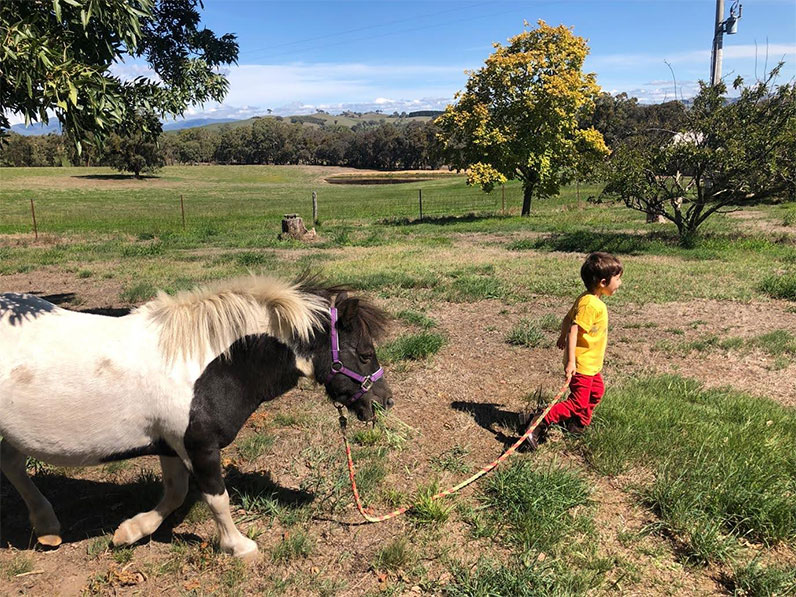WHAT IS INSULIN RESISTANCE/ EMS/ LAMINITIS? Can a basal insulin diagnose EMS?

What is insulin?
Insulin is the main hormone that controls glucose regulation. In humans, disorders of insulin are typically associated with diabetes mellitus. Type 1 diabetes is associated with impaired production of insulin, whereas type 2 diabetes is associated with an impaired response to insulin and patients typically have elevated insulin levels.
What is insulin resistance?
In equines, insulin resistance is associated with a diminished response to insulin. To keep blood glucose within tight control, progressively more insulin needs to be released from the pancreas.
How does insulin resistance cause disease?
In humans, insulin resistance is associated with many diseases, most notably vascular disease which can affect other body systems such as the heart. In equines, the most noticeable disease associated with insulin resistance is laminitis (or founder), but the disease has also been associated with increased blood pressure (hypertension). Insulin resistance is the hallmark of equine metabolic disease (EMS), which is a common endocrine (hormonal) disorder. Endocrinopathic laminits is the most common cause of laminitis. It is important to understand that horses will be insulin resistant for some time before laminitis occurs. If we can detect insulin resistance we can identify which horses are at risk of laminitis and hopefully put measures in place to prevent laminitis before it occurs.
Which breeds are most affected?
Similar to humans, horses appear to have a strong genetic predisposition towards insulin resistance. British type ponies such as Shetland, Welsh, New forest ponies, in addition to other heavier breeds such as draught horses and Warmbloods are typically affected. However, even Thoroughbreds and Standardbreds can occasionally be affected and not all ponies/horses with insulin resistance are overweight or obese.
How is insulin resistance detected? Can a basal insulin detect EMS?
The most common test for insulin resistance is a basal insulin. This is usually performed in the morning. Horses do not need to be fasted prior to this test and can have a small amount (1 biscuit) of low sugar hay the evening before. They should not have any concentrate feeds or fresh grass in the 12 hours prior to the test. Most veterinarians consider a value >20 Uiu/ml to be diagnostic of EMS and there is a strong likelihood (>85%) of laminitis episodes in horses with values this high. Horses with values less than 5 Uiu/ml are very unlikely to have EMS (<10%). However, many horses (approximately half) with basal insulin between 5 – 20 Uiu/ml, will have EMS but were not positive on the test (false negatives). Therefore it is important in these horses that show other characteristics of the disease such as genetic predisposition, laminitis episodes, overweight that further testing is performed. The most practical of these tests is the oral sugar test. This has recently been shown to be safe and to not induce laminitis, even in those patients prone to the condition. This involves giving 0.15ml/kg bodyweight karo light corn syrup and measuring glucose and insulin 60-90 minutes later. Another dynamic test is the insulin tolerance test, whereby insulin is administered and glucose measured at baseline and every 30 minutes afterwards. These dynamic tests are much more accurate in detecting insulin resistance in horses and can be used as follow up tests if the basal insulin is between 5 – 20 Uiu/ml.
How is insulin resistance managed?
Diet and exercise remain the mainstay of treatment for insulin resistance in horses, as is the case in humans. Many companies now produce low carbohydrate concentrates and fibres such as hay and chaff. Pasture management, especially at times of year when the pasture is high in sugars is critical to prevent laminitis episodes. We can help you develop an appropriate det for your horse to manage equine metabolic syndrome and the good news is that in some cases with disease is reversible with diet and exercise alone. Newer treatments such as SGLT2 inhibtors, (including ertugliflozin), can be administered in acute laminitis cases, but their use is not without risk so must be used with careful veterinary supervision.
More resources:
https://www.thelaminitissite.org
R.B. Olley, H.B. Carslake, J.L. Ireland, C.M. McGowan,
Comparison of fasted basal insulin with the combined glucose-insulin test in horses and ponies with suspected insulin dysregulation, The Veterinary Journal, Volume 252, 2019
https://doi.org/10.1016/j.tvjl.2019.105351
B.L. Clark, A.J. Stewart, K.L. Kemp, N.J. Bamford, F.-R. Bertin,
